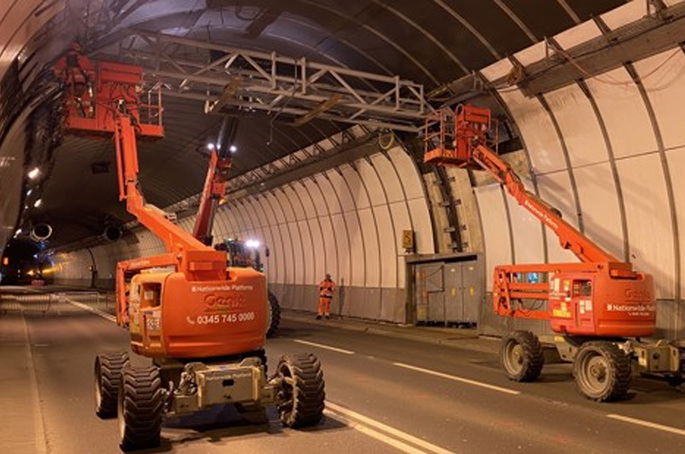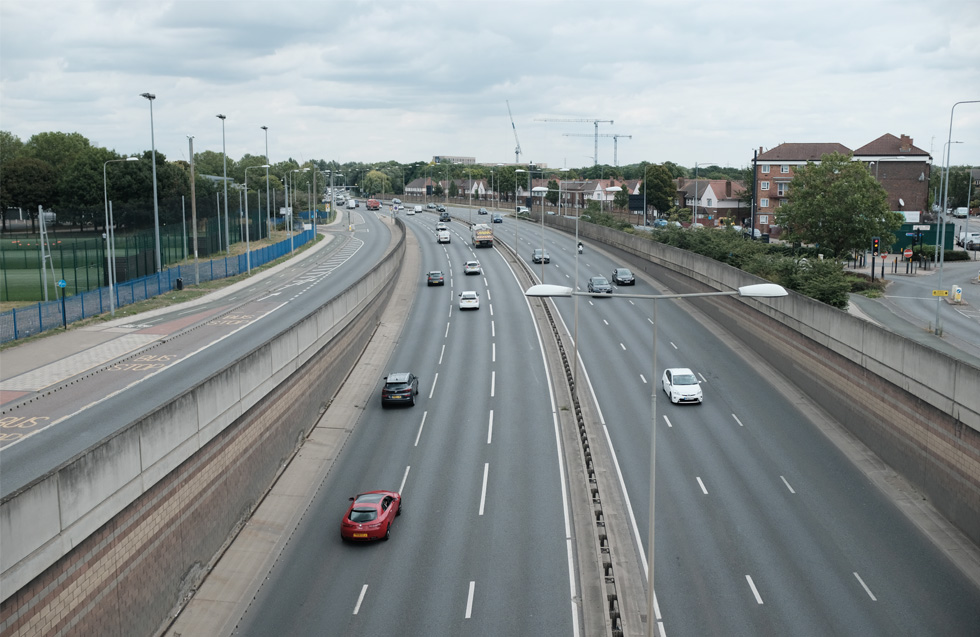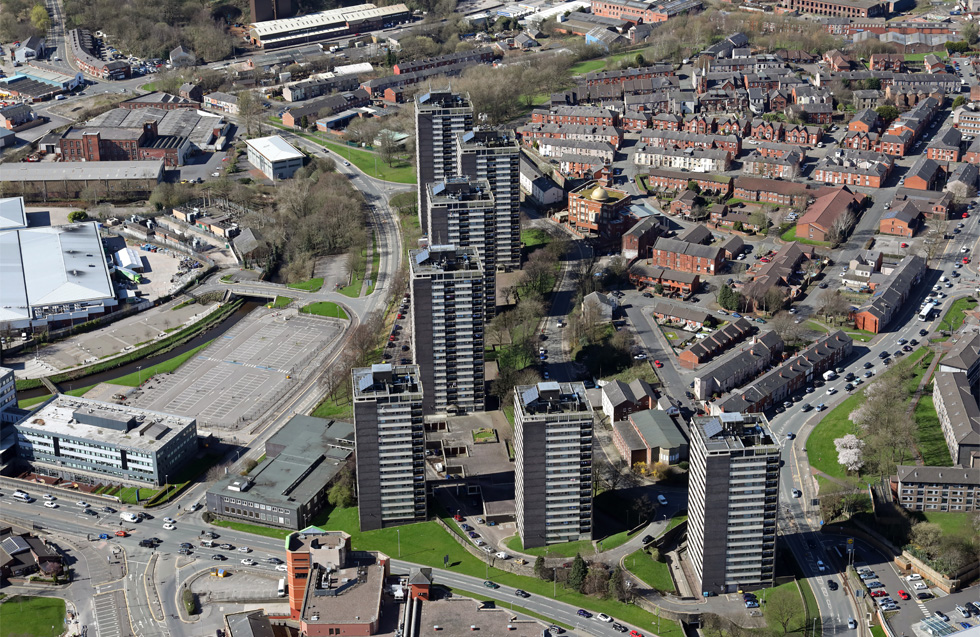Work on replacing the technology in the Saltash Tunnel has begun as National Highways' £25m modernisation of the tunnel progresses.
The 37-year-old structure is now midway through a major refurbishment scheme to bring it up to modern standards. The latest part of the scheme expects to see 31 miles of new cabling installed within and around the 410-metre-long tunnel.
Since the programme started in January, work has already seen the installation of over 20 of the total 31 miles of cabling, along with new internal tunnel gantries, extensive civil engineering and vegetation clearance works, the removal of existing gantries and construction and installation of four 5 by 9-metre gantries on the approaches to the tunnels, the fitting of new easy-access duct covers within the tunnels and the replacement of existing sensors to improve air quality monitoring.
As part of National Highways' commitment to safety and air quality, the tunnel modernisation work will also see:
- Renewal of the tunnel control and traffic management system
- New, energy-efficient LED lighting
- Fibre cabling as part of a modern electrical power distribution system
- Modernisation of the ventilation control system to manage air quality
- Improved information signage and messaging.
Whilst the new tunnel and traffic control system is now built, it is currently undergoing stringent testing off-site before installation in the tunnel, with the new tidal flow system expected to be up and running in early 2026.
National Highways has said that technology installations are expected to continue in and around the tunnel over the coming months via the use of weeknight closures (8pm to 6am).
It added that there will be a pause to the closures between 19 December and 2 January for the holiday period, but also said that as the works continue, speed restrictions will remain in place.
Julian Mitchell, National Highways tunnel manager, said: ‘This generational, £25 million upgrade is a complex operation, overhauling outdated systems, and will deliver major safety, traffic flow and air quality benefits for many years to come.
‘It's difficult to work safely within and around the structure without closing it overnight and we thank people for their patience while we continue towards completion of the scheme.'

























